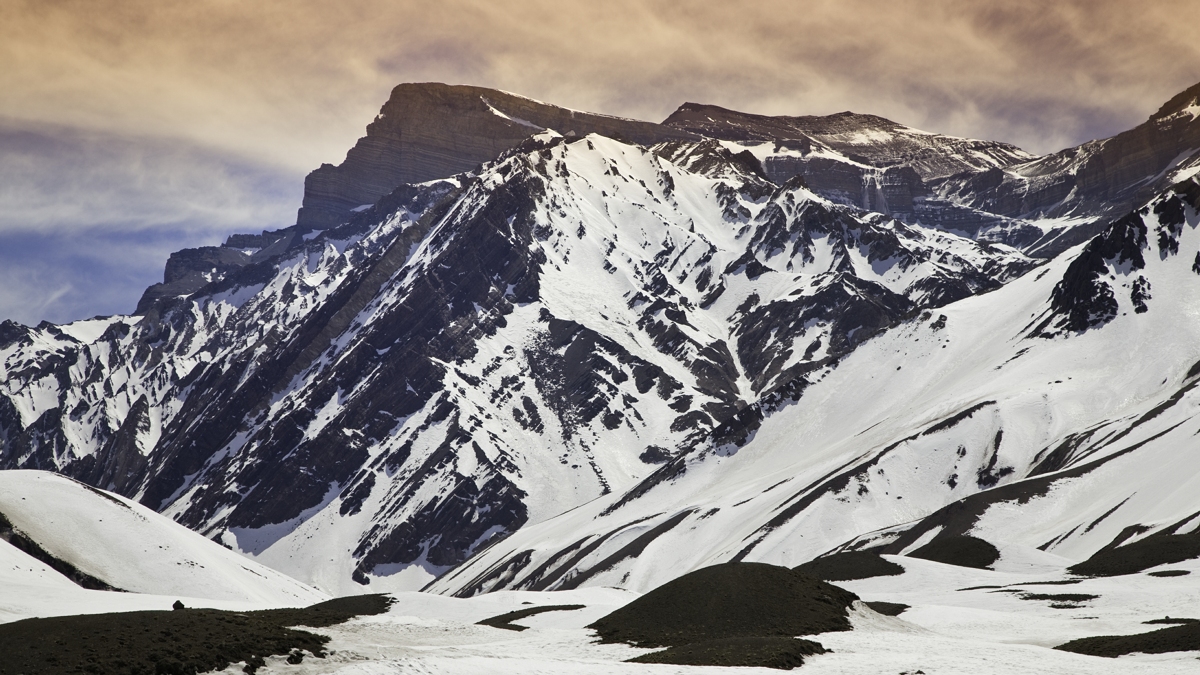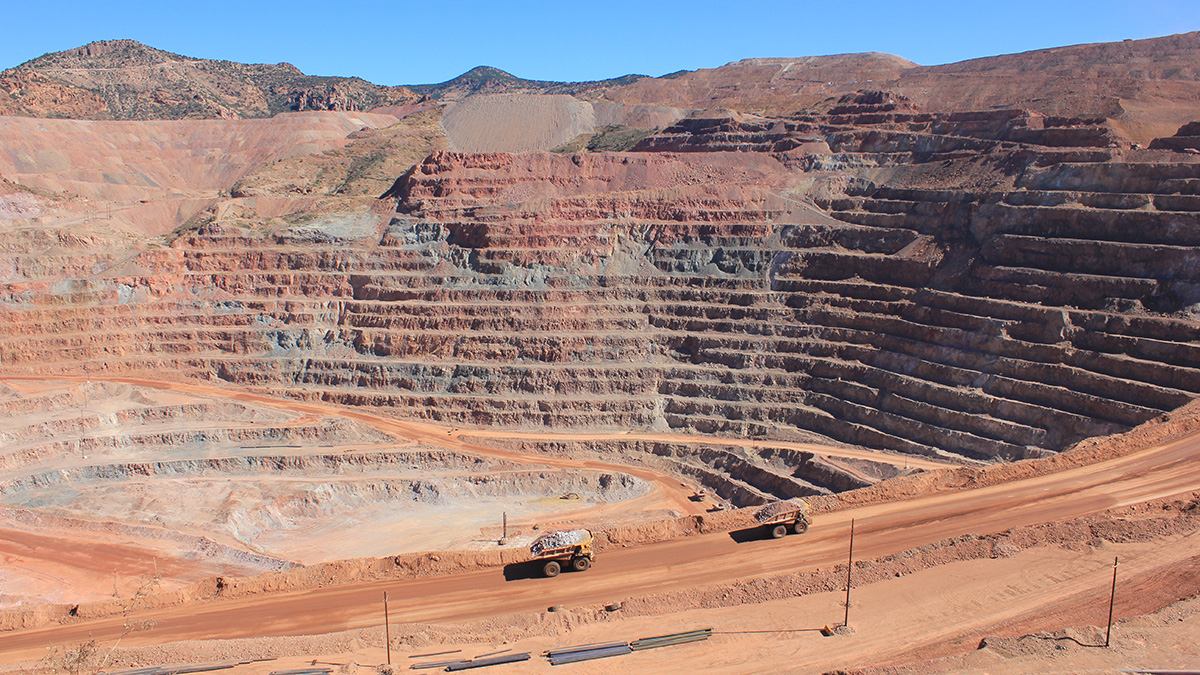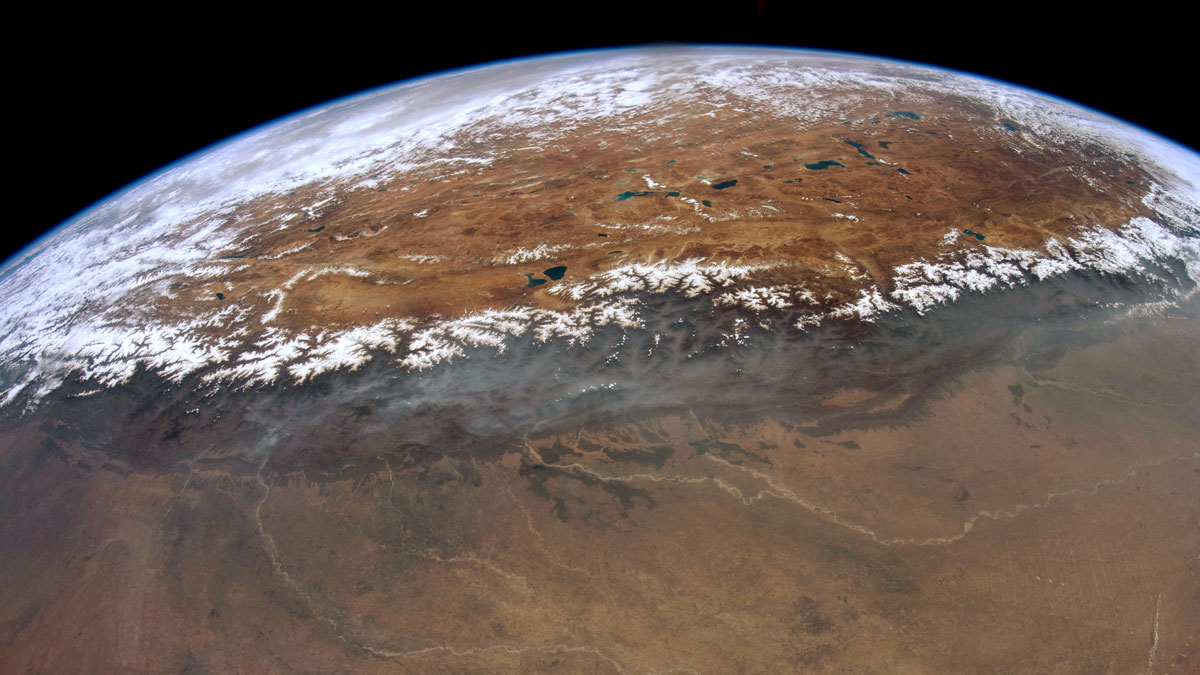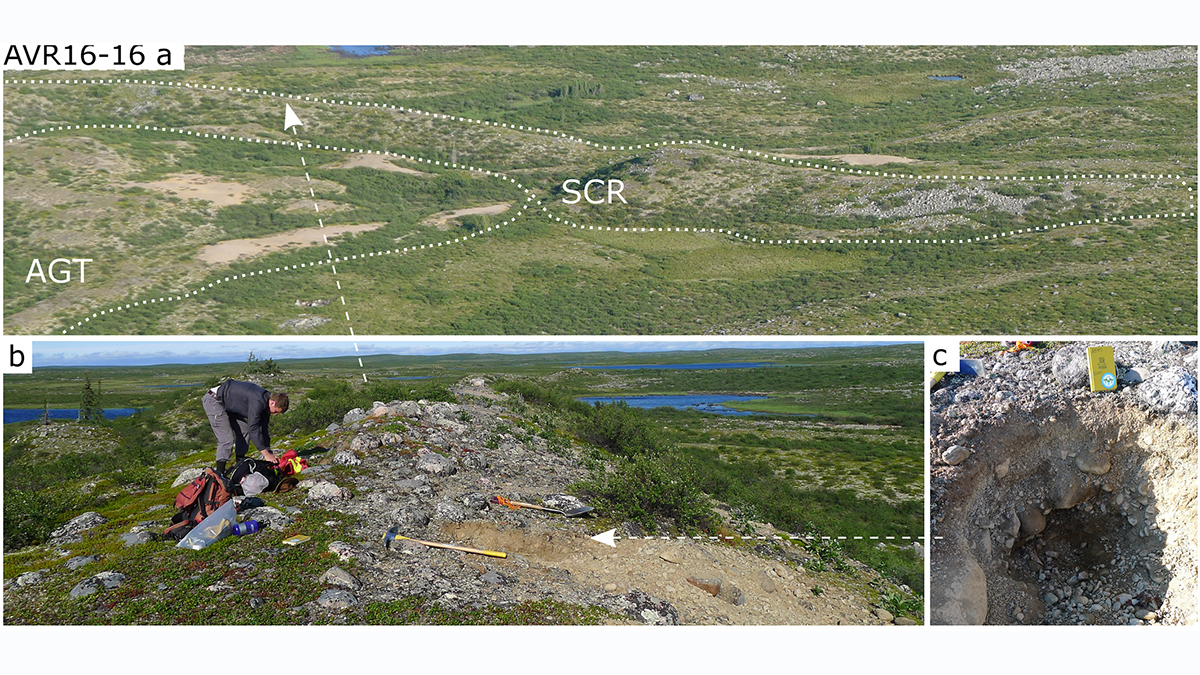The versatile mineral could contain evidence of the evolution of land plants and their effect on the sedimentary system.
zircons
Supervolcanoes Linger a While, Then Rush to Erupt
Geologists examined crystals in rock from four massive eruptions in the Chilean Andes.
Old Igneous Rocks Hold the Key to Crustal Thickness Evolution
The chemical composition of orogenic igneous rocks and their zircons is sensitive to crustal thickness and can be used to quantify the evolution of Moho depths beneath continents back in time.
Machine Learning Could Revolutionize Mineral Exploration
Using a global data set of zircon trace elements, new research demonstrates the power of machine learning algorithms to accurately identify and locate porphyry copper deposits.
Uncovering the Formation of the Western Nepal Embayment
Using thermokinematics, researchers have found that crustal accretion along the megathrust at mid-lower crustal depths shapes plateau growth and regional drainage development.
Searching for Earth’s Oldest Rocks in its Youngest Deposits
By sampling and analyzing zircons from glacial eskers dating from about 20,000 years ago, the extent of the oldest known rocks on Earth can be better mapped and constrained.
Zircons and Plate Tectonics
New data on ancient zircons points to a transition from stagnant lid to subduction style tectonics at 3.6 Ga ago.
Impact Structure Hidden Under Arctic Ice Dates to the Paleocene
Greenland’s Hiawatha impact structure, more than 30 kilometers in diameter, is much older than previously thought, new results suggest.
Martian Meteorites Reveal Evidence of a Large Impact
By analyzing rare Martian meteorites, researchers have uncovered a crystalline structure created by a large asteroid or comet impact that potentially affected the Red Planet’s habitability.
Updating Dating Helps Tackle Deep-Time Quandaries
Geochronologists are finding fresh approaches to familiar methodologies, especially by zapping rocks with lasers to tackle classic Precambrian problems.










